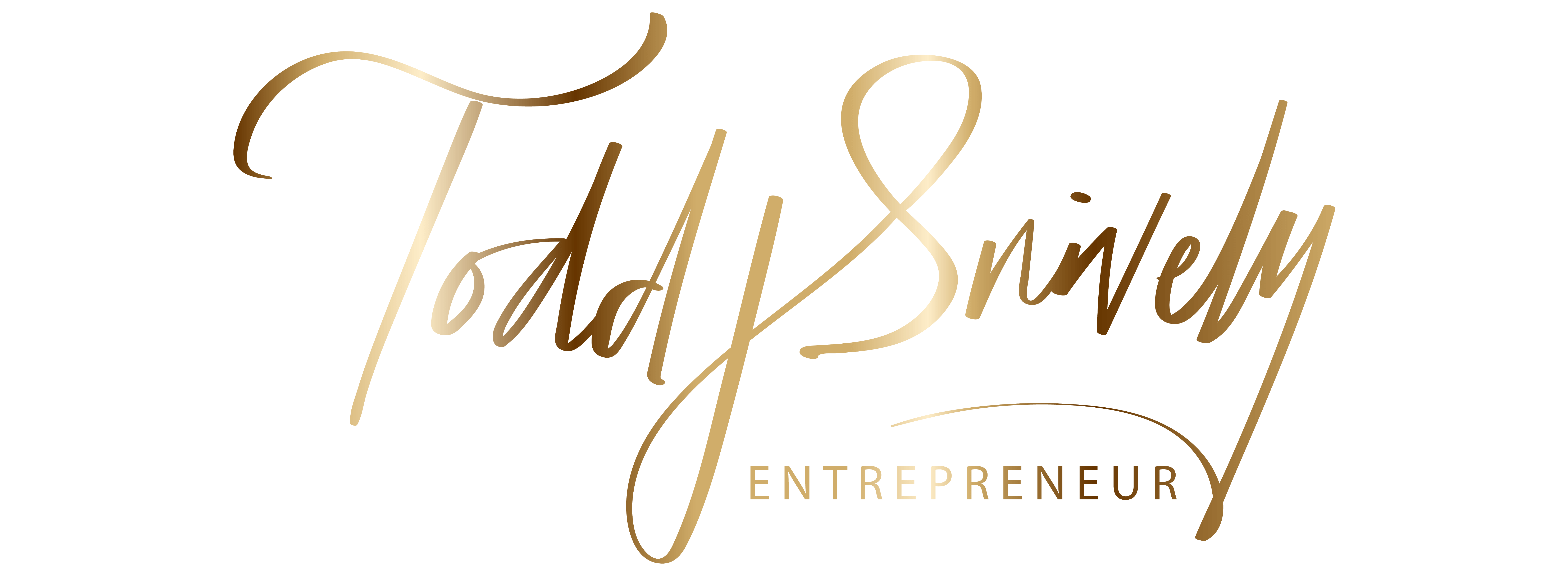What if I told you that writing can feel like pulling teeth, even for those who end up loving it? For some, the keyboard is a kind of tormentor, a silent judge that demands the perfect word at the perfect moment. Yet, the world of digital marketing demands content, and here you are, faced with the task of crafting blog articles. Let’s chat about this journey—a journey of reluctance, but also one of growth, creativity, and maybe even a little joy.

The Reluctant Writer’s Dilemma
Writing isn’t something that everyone embraces wholeheartedly. It can be daunting and, more often than not, you might find yourself staring at a blank screen, your mind swirling in a flurry of thoughts that refuse to organize themselves.
Embracing Your Reluctance
First, acknowledge your reluctance. It’s perfectly normal to feel hesitant about putting your thoughts into words. Many successful writers started in exactly the same position as you. What you might not realize is that some of the best content springs from the most uncertain minds. Recognizing this can be a powerful first step toward overcoming that initial intimidation.
Understanding Your Audience
Before you put pen to paper (or fingers to keys), it’s essential to understand your audience. Who are you writing for? What are their interests, challenges, and preferences?
Create an Audience Profile
Creating a detailed audience profile is akin to preparing your recipe before diving into cooking. Ask yourself the following:
- What age group does your audience belong to?
- What are their pain points?
- What information are they searching for online?
Here’s a quick table to summarize how you might break down this audience profile:
| Demographic | Details | Interests |
|---|---|---|
| Age Group | 25-35 years | Technology, Lifestyle |
| Challenges | Time Management | Work-Life Balance |
| Content Preference | Informative, Conversational | How-to Guides, Tips |
Understanding these elements will give you a clearer vision of what to write, igniting a spark of excitement instead of reluctance.
The Art of Topic Selection
Now that you know who you’re writing for, it’s time to choose the right topic. This is a crucial part of the process, as the topic can either inspire you or leave you feeling even more reluctant.
Brainstorming Techniques
You can try several brainstorming techniques to find a topic that resonates with both you and your audience:
- Mind Mapping: Visualize your ideas. Write your main topic in the center and branch out related ideas and subtopics.
- Free Writing: Set a timer for 10 minutes, and write whatever comes to mind about your subject. Don’t worry about grammar or punctuation; just let it flow.
- Keyword Research: Use tools like Google Trends or Keyword Planner to find popular topics within your niche.
Your goal here is to identify topics you’re interested in and that your audience cares about. If you’re excited about what you’re writing, the reluctance tends to fade.
Crafting an Outline
Once you have your topic, creating an outline can transform that overwhelming feeling into manageable chunks.
Organizing Your Thoughts
An outline can serve as your map, helping guide you through the writing process. Consider breaking your topic into main points and subpoints. A simple outline might look like this:
- Introduction
- Hook
- Brief overview of what the article will cover
- Main Point 1
- Explanation
- Examples
- Main Point 2
- Explanation
- Examples
- Conclusion
- Summary of key points
- Call to action
This organization can help keep your writing focused and coherent, allowing you to navigate from one point to the next without losing your way.
Crafting Your First Draft
As intimidating as it might feel, your first draft doesn’t have to be perfect. It’s a space for your ideas to flow, to evolve.
Just Write
Set aside any thoughts of perfection. Allow yourself to write freely, knowing that you can revise later. Remember, the first draft is just that—a draft. You’re capturing the essence of your ideas; editing comes later.
It’s also helpful to remember that writing is rewriting. The more you allow yourself to write without self-judgment, the more your style will develop and refine over time.
The Importance of Editing
Editing can be the most challenging part of writing, particularly for those of you who might feel protective of your initial ideas.
Embrace the Editing Process
Editing is as crucial as creating your first draft. Here are some strategies to enhance your editing skills:
- Take a Break: Step away after writing for an hour or so. When you return, you’ll have a fresher perspective.
- Read Aloud: Hearing your words can help identify awkward phrasing or run-on sentences.
- Seek a Second Opinion: Sometimes, another set of eyes can provide valuable feedback that you may not have considered.
Let’s break down the editing process into easy steps:
- Content Check: Does your article fulfill the promise made in your intro? Check if all points are covered.
- Flow Evaluation: Read your piece to ensure it flows smoothly from one section to the next.
- Grammar and Spelling: Use tools like Grammarly or Hemingway Editor to catch errors.
- Tone and Voice: Make sure your tone aligns with your audience’s expectations.

Adding Value with SEO
In the digital marketing realm, writing isn’t just about crafting engaging content; it’s also about increasing your visibility online.
Understanding SEO Basics
Search Engine Optimization (SEO) is crucial in making sure your blog articles reach a larger audience. Here are essential elements to consider:
- Keywords: Identify primary and secondary keywords related to your topic. Place them strategically in headings, content, and metadata.
- Meta Descriptions: Create compelling meta descriptions for your posts; this is what readers will see in search engine results.
- Internal and External Links: Include links to your other articles and credible external sources to boost authority.
Here’s a quick overview of how SEO elements break down:
| Element | Purpose |
|---|---|
| Keywords | Help search engines understand your content |
| Meta Descriptions | Increase click-through rates |
| Internal Links | Keep readers on your site longer |
| External Links | Establish credibility and enhance content value |
Engaging Your Audience with Calls to Action
A blog without interaction can feel like a lonely island. To create a sense of community, engage your readers with calls to action.
What to Include
End your posts with questions or prompts. Encourage readers to leave comments or share their opinions. This not only fosters engagement but can also provide you with valuable insights for future topics.
For instance, ask something like: “What has been your biggest challenge in digital marketing?”
Despite your initial reluctance, remember, communication is a two-way street.
Overcoming Writer’s Block
Even the most seasoned writers face the dreaded blank page at some point.
Techniques to Overcome
- Set Small Goals: Aim to write for just 10-15 minutes without stopping.
- Change Your Environment: Sometimes a shift in scenery can spark your creativity.
- Limit Distractions: Create a writing space that minimizes interruptions.
These little actions can help you break through barriers and find your flow.
Finding Your Writing Voice
As you write more, you’ll discover your unique writing voice.
Emphasizing Authenticity
Your voice is what sets you apart in a crowded digital landscape. Write as you speak, share personal anecdotes and insights. Authenticity resonates with readers, allowing them to connect with your content on a personal level.
Learning and Growing as a Writer
Just like any other skill, writing improves with practice.
Continuous Learning
Don’t hesitate to pick up books on writing, attend workshops, or even follow online courses. There’s always room for improvement and new strategies to incorporate.
It’s also beneficial to read blogs within your niche. This not only allows you to learn from others but can also inspire fresh ideas for your content.
Embracing Feedback
Getting feedback can be tough, especially when it feels personal.
How to Handle It
Take constructive criticism as an opportunity for growth. Instead of viewing feedback as failure, consider it a helpful guide to refine your voice and enhance your writing style.
The Bigger Picture
Believe it or not, your writing has the power to influence and inform others.
Understanding Your Impact
Remember why you’re writing in the first place. Whether you’re educating, entertaining, or inspiring, your words can create a ripple effect in your audience’s lives. Embrace this potential, and let it motivate you through moments of reluctance.
Conclusion: Embrace the Journey
Embracing your reluctant writer status can lead to surprising revelations. Every writer—reluctant or passionate—will face challenges on this journey. Celebrate small victories, be patient with yourself, and allow the words to evolve naturally.
As you continue to craft your blog articles for digital marketing, remember that you’re not just sharing information—you’re building connections, fostering community, and, best of all, journeying into the world of creativity. Your reluctance can transform into excitement, one keystroke at a time.

